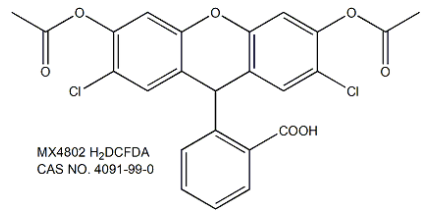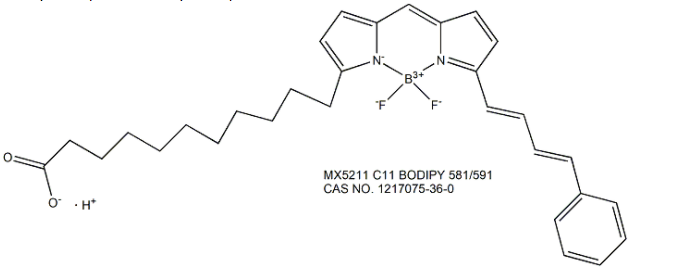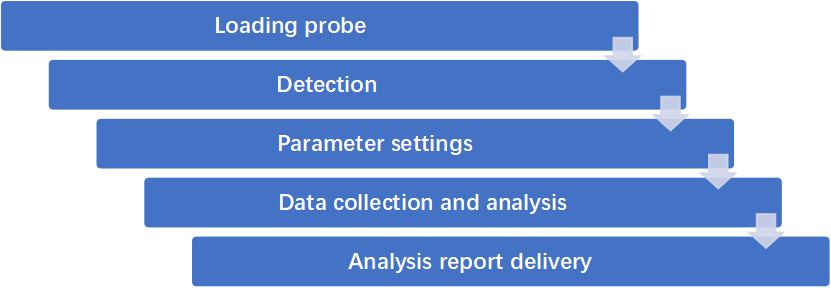Ferroptosis is a new type of programmed cell death that is iron-dependent and different from apoptosis, cell necrosis, and autophagy. The destruction of the redox balance is one of the important causes of ferroptosis. Creative Bioarray provides active oxygen level detection services to make your research on ferroptosis more accurate and convenient.
Ferroptosis is related to many diseases such as Parkinson's syndrome and pancreatic cancer. Since activating or inhibiting ferroptosis can affect the disease's development, more research has focused on ferroptosis in recent years.
Ferroptosis is mainly caused by the imbalance between the production and degradation of lipid reactive oxygen species in cells. When the cell's antioxidant capacity is reduced and lipid reactive oxygen species accumulate, it can cause cell oxidative death, that is, ferroptosis.
Ferroptosis is an atypical way of cell death. It is very different from autophagy, apoptosis, and necrosis in cell morphology, induction and inhibition. Our services include but are not limited to:
Active Oxygen Level Detection Service
Reactive oxygen species (ROS) are by-products of biological aerobic metabolism, including oxygen ions, peroxides and oxygen-containing free radicals. More and more studies have proved that ROS is a messenger molecule in multiple signaling pathways, and the accumulation of ROS is an important sign of ferroptosis in cells. Therefore, monitoring the level of ROS will help to study ferroptosis-related diseases.
Creative Bioarray uses DCFH-DA (up-regulated expression) or C11 BODIPY 581/591 fluorescent probe (in iron-dead cells, the probe will change from red to green) to detect intracellular reactive oxygen species and lipid reactive oxygen species by flow cytometry.

DCFH-DA itself has no fluorescence and can freely pass through the cell membrane. After entering the cell, it can be hydrolyzed by intracellular esterase to produce DCFH. DCFH does not penetrate the cell membrane, so the probe is easily accumulated in the cell. The reactive oxygen species in the cell can oxidize non-fluorescent DCFH to produce fluorescent DCF. The intensity of green fluorescence in ferroptosis cells is proportional to the level of reactive oxygen species.

C11 BODIPY 581/591 is a fat-soluble fluorescent probe that can be easily inserted into the membrane. Its emission wavelength is in the visible region of the electromagnetic spectrum, with good light stability. It is often used to indicate lipid peroxidation and antioxidant properties in the model membrane system and living cells. C11 BODIPY 581/591 can be used to determine iron death.
Experiment Process

Advantages
The time depends on the experiment content
If you are interested in our services, please contact us for more detailed information.
Online Inquiry